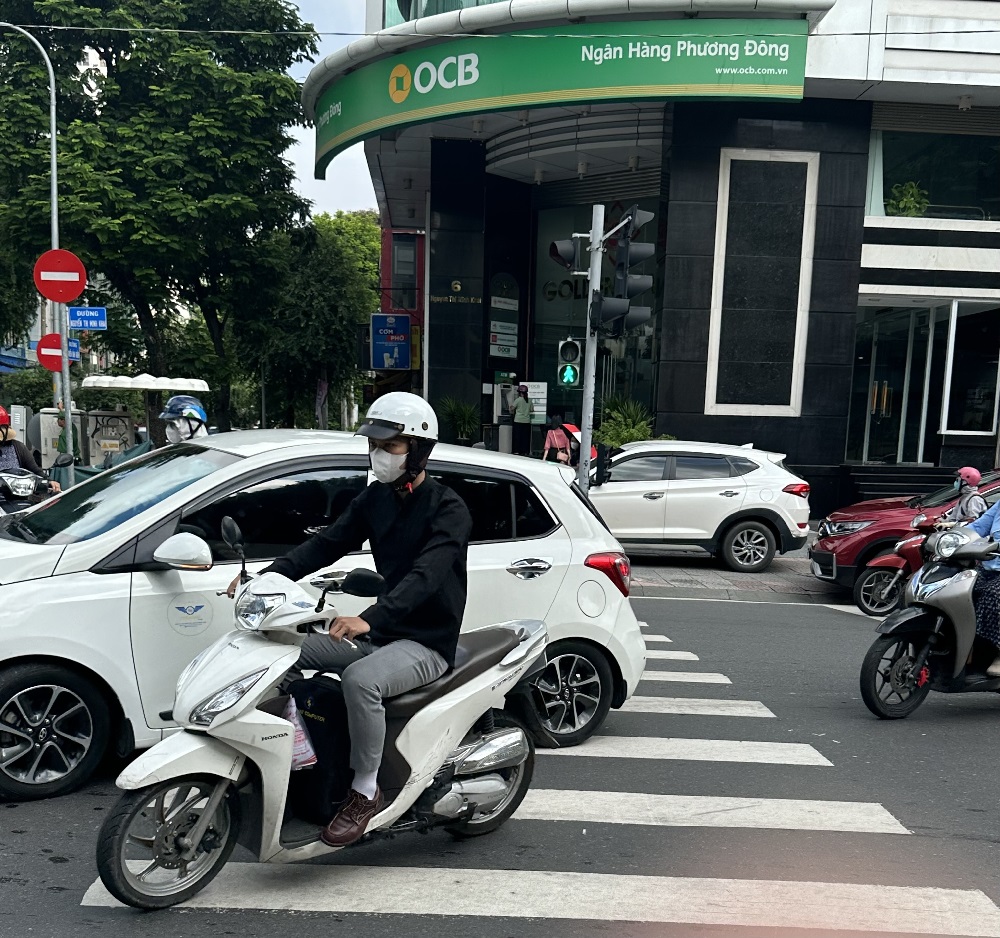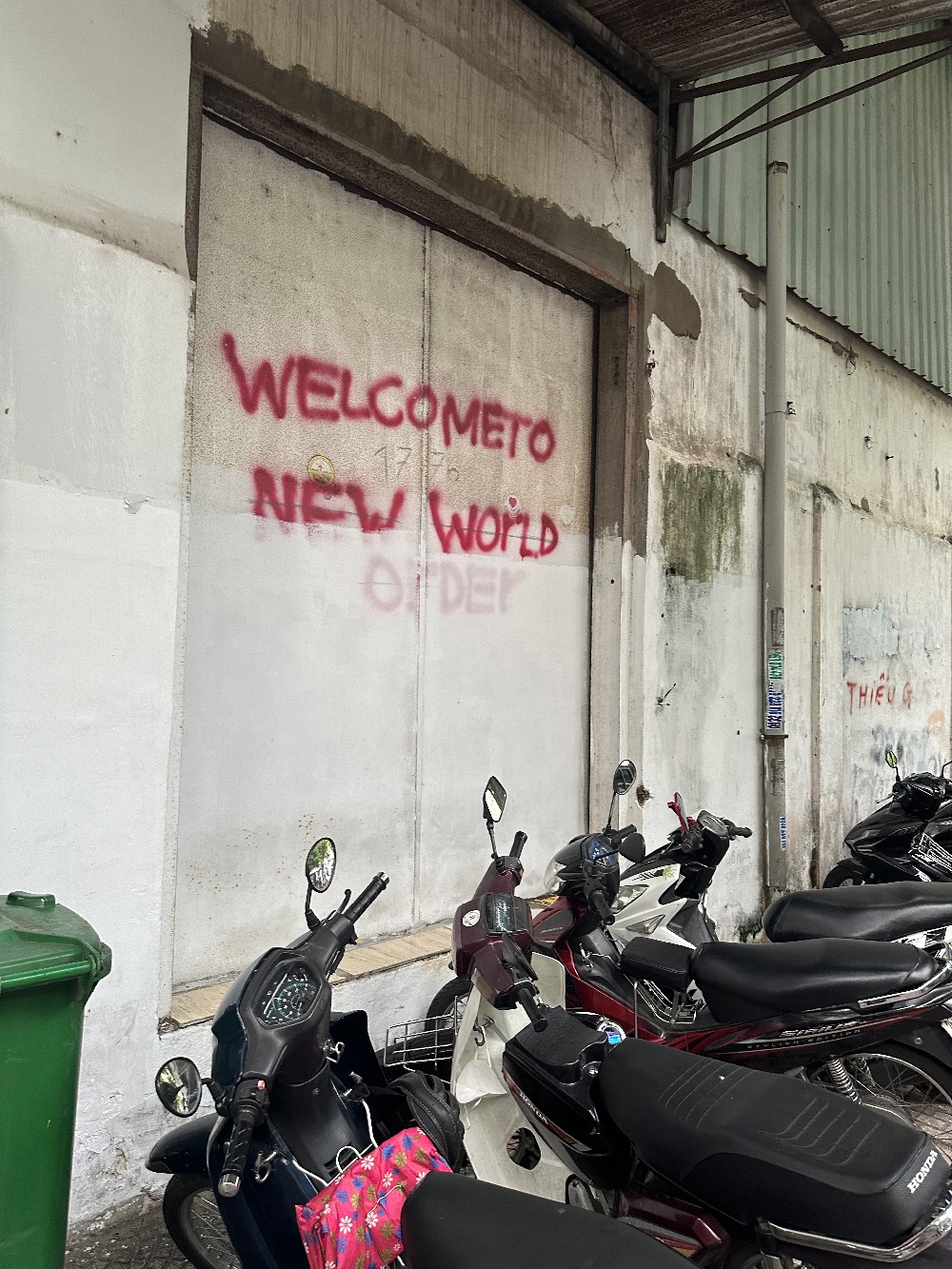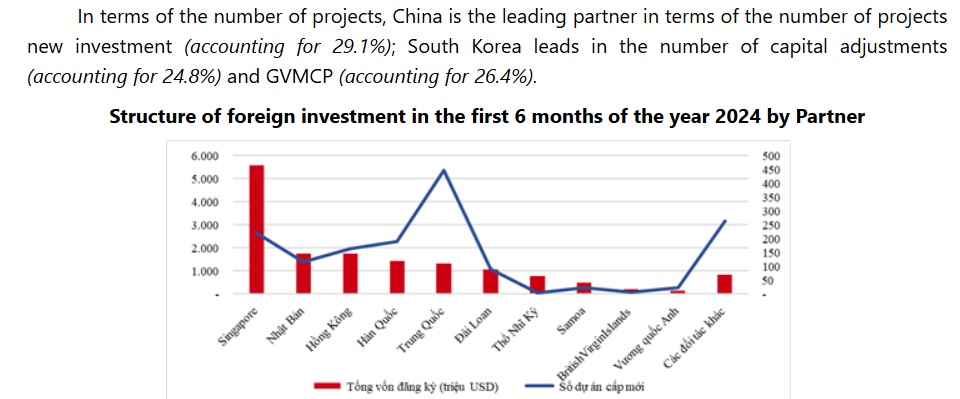Our apologies for no INTN last week. A virus felled us like a tree at a lumberjack convention.
Two weeks ago we we were in Vietnam for the annual Follow the Supply Chain Study Abroad program we help lead. Students from five community colleges, paying only $600 thanks to our sponsors (contact me if your company is interested in sponsoring) follow products in the supply chain, learn about Vietnam and likely about themselves as well. For example, after hanging out with their student peers in Vietnam they learn they have a lot in common with people across the globe. In fact, we all do. No matter our country, we all want to enjoy our family and friends, have fun and do interesting endeavors.
Our struggles are similar too. In writing our book a few years ago we referenced Karen Stenner whose research shows some people love differences and others are not into things that are strange to them. She recommends when talking to someone with prejudices that it doesn’t help to say how cool the differences of a Vietnamese or, uh, a Haitian are. It’s far more effective to point out what they have in common. Traveling to another country helps us to see the commonalities, even amidst the striking differences. But too few of us leave our homes, much less our countries. For example, when we go to get takeout at a restaurant we’re almost always the only one doing so, instead there’s a long line of DoorDash drivers waiting ahead of us.
Our biggest recommendation to people is to get out. Get out of your house or apartment. Leave your neighborhood and town or city more often. When you can, leave your country. Along with exercise, getting out and seeing people, in all their wondrous, strange and sometimes distasteful ways, is the single best thing you can do for your mental health. With as much sanity as we can muster we bring you three observations from our latest trip to Vietnam, which continues to be one of the six most important countries in the world. It’s this week’s International Need to Know, greeting autumn with international information, preparing for winter with acorns of global data.
Without further ado, here’s what you need to know.
Vietnam’s Continued Development…and Choice
Each time we come to Vietnam there are more cars…and stop lights and crosswalks, and the latter are sometimes even used. It is still chaotic to cross the street but not nearly as much as it used to be. This is typical developing country progress: bikes to scooters to cars with traffic infrastructure developing alongside. Likely a lot of the new cars will be electric, more than likely Chinese made. It is all visual evidence that Vietnam continues to develop. Currently Vietnam’s GDP per capita is around US$4700. So it’s likely to cross the $5000 threshold in the next year or two. That’s significant because around US$5000 GDP per capita is when other Asian countries started to liberalize politically. There is no formal sign of that here yet. The Vietnamese Communist Party has been implementing Xi Jinping light policies in recent years. Corruption crackdowns, arrests of environmental activists and some censoring of the Internet. But unlike China, there is no Great Firewall (perhaps because of technical inability) and overall Vietnam is more free than China. But as we wrote in our book and since, China now offers an alternative model to political liberalization: become even more oppressive and cut off any liberalization buds trying to bloom. China’s leaders are undoubtedly willing to help Vietnam’s communist party implement oppressive technology and measures. Which road Vietnam chooses the rest of this decade will have large implications for our world.
A Choice!
Last weekend, Vietnam released Hoang Hong two years early, one of a number of environmental activists it arrested in recent years. We paid particular attention to this case because we know Hoang, and had lunch with her not too long before she was arrested. She was released just before Vietnam’s new leader, To Lam, traveled to the United States where this week he met with Biden and Harris.
Note the “walk” light
Vietnam’s Challenges
Every year we come to Ho Chi Minh City we are promised the next year its first metro line will open. It was an empty promise again this year. Vietnam is not good at building infrastructure. In the south that’s partly due to the long time bias of the north against helping the once non communist area of the country. But it’s also because of the corruption and bureaucracy of the country. Unlike China, where access corruption (see Yuen Yuen Ang’s theory, data and explanations) in the short term helped China (but now hampers it), the nature of Vietnam’s corruption acts as a brake on building much needed infrastructure. We were told during this trip that the corruption crackdown of the last few years is making matters worse. Officials, scared of getting in trouble, decide to approve nothing and do nothing rather than risk getting in trouble. For Vietnam to move to the next step of development, it needs to solve this problem.
Hey, we have a corruption example!
During the trip, we talked with someone whose company is jointly owned by a foreign entity and Vietnamese entity. His Vietnamese bosses gave him a box to give to ministerial staff at an upcoming meeting just before a holiday. The box contained moon cakes, a traditional gift during this holiday. At the bottom of the box was a large envelope. He asked his bosses what it was. They said it’s a “friendship envelope.” No doubt it was filled with cash for the Ministry official he was to meet who they hoped would unblock a building project they were involved in. Access corruption in the short term can help.
Seen on the back streets of Ho Chi Minh City
China Corner: Looming Over Vietnam
We gazed out at the South China Sea from a bar in Vung Tau. Across the beautiful waters, through the hazy air way out in the distance we imagined Chinese ships patrolling and intimidating more than 500 miles from the Chinese mainland. China looms seen and unseen in most facets of Vietnam. The topic of China came up frequently during our trip. So far this year China is the largest investor in Vietnam. Chinese companies increasingly set up shop in other countries, including and especially in Vietnam, to avoid tariffs. Not overly far from where we drank a Tiger beer, Vietnam busily works to build up a shoal to stop China from transgressing in its exclusive economic zone. A month before we arrived the new leader of Vietnam, To Lam, met with Xi Jinping, continuing his predecessor’s “bamboo foreign policy” bending in the wind as blowhard countries from China to the U.S. to India court favor. As Chinese companies increasingly build in Vietnam, it would be wise for Vietnamese to insist, as China itself did at a similar stage, on technology transfers and building up the expertise of Vietnamese workers. Then, perhaps 10 years hence, China will complain of Vietnam building things on its own.




